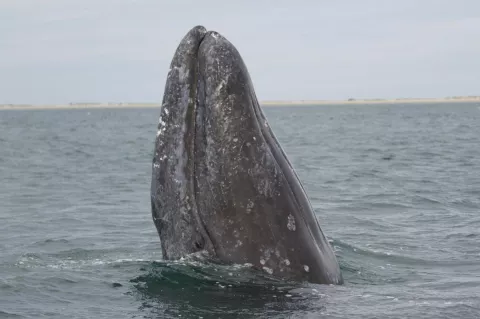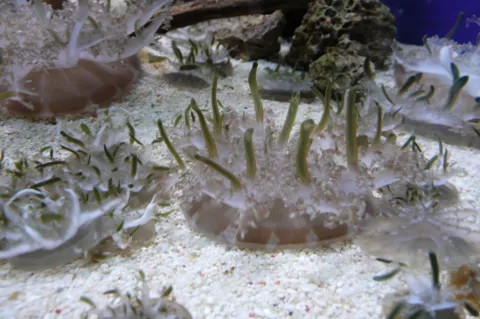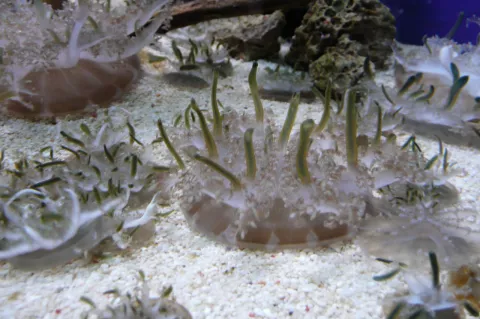Solar storms can mess with a whale's GPS
After studying 186 live strandings of healthy gray whales from 1985 to 2018, researchers at Duke University concluded that whales' navigational sense is affected by solar storms taking place as far away as our sun.
The researchers based their findings on the fact that the strandings are more likely to occur on days when there are more sunspots. Linked to solar storms, sunspots represent sudden releases of high-energy particles from the sun. These may disrupt magnetic orientation behaviour when they interact with the Earth’s magnetosphere.
- Read more about Solar storms can mess with a whale's GPS
- Log in to post comments






